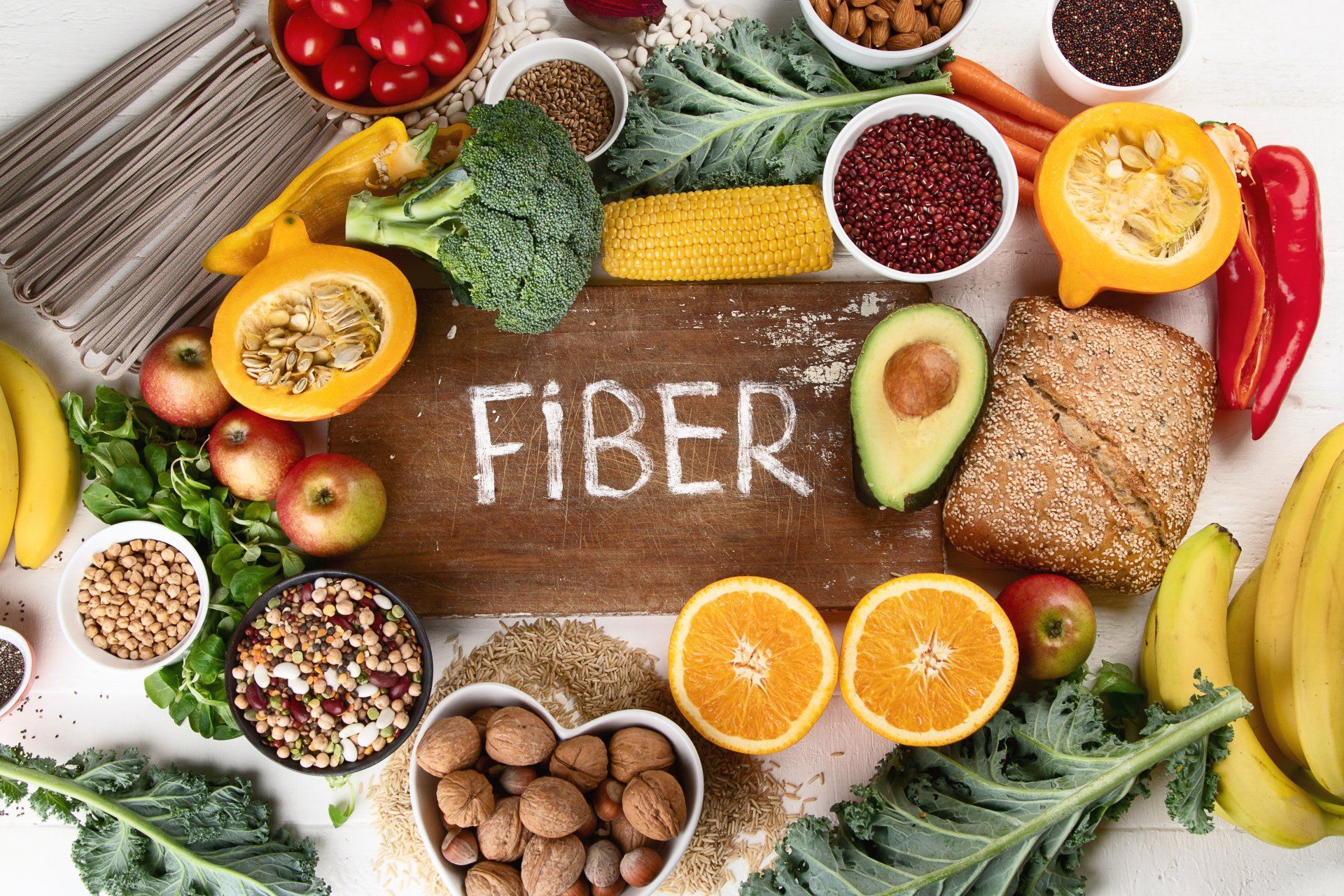






The World Health Organization notes that by 2020, depression will be the second leading disease in the world. Over 350 million people worldwide suffer from depression, and 1 in 16 Americans has a “major” depressive episode each year.1 Over 50% of people who commit suicide suffer from major depression.2 Anxiety is the most common mental health issue in the United States, affecting almost 1 in every 5 adults. Nearly half of adults diagnosed with depression also suffer from anxiety.3 Anxiety comes in many forms with names most of us recognize – panic attacks, OCD, PTSD, Social Anxiety Disorder, Generalized Anxiety Disorder, Phobias, Major Depressive Disorder, Persistent Depressive Disorder, and others. Anxiety can be debilitating, characterized by a feeling of suffocating, loss of dexterity in fingers and hands, uncontrollable screaming, a sensation of impending death, and more.
Depression and anxiety are gender and class neutral. They affect the wealthy and the poor, men and women, young and old, and all faiths. With the rise of depression and anxiety, many resort to alcohol or drugs to help ease the pain. This can exacerbate mental health issues and lead to additional health concerns. And to add a final punch, depression and anxiety rarely “just go away”. In fact, if left untreated, they can become debilitatingly worse.
With all those sobering statistics, the future might seem hopeless, but there truly is good news. Both depression and anxiety are treatable. As founder and CEO of a mental health treatment facility, I continually see that impressive positive changes are both possible and long-lasting. I see clients gain the power to control the thoughts, actions, and reactions that accompany an impending episode.
We also know that individuals who struggle with depression and anxiety are often deficient in key minerals and neurotransmitters. Low serotonin levels, for example, are often present in depressed and anxiety-filled people. Consuming more nutritious foods can have a powerful impact. Choosing foods that are rich in minerals, vitamins and herbs that balance brain function is an essential part of the healing process and can even help alleviate physical symptoms that accompany anxiety and depression.
Physical exercise also plays a key role in improving mood by raising serotonin levels in the body. Studies show that outdoor exercise provides more mood-enhancing benefits than exercising indoors. Spending time in nature and exposure to the sun, a natural source of vitamin D, is critical for a “happy brain”. And finally, restorative sleep is good for all of us, especially those struggling with depression and anxiety. Calming herbs and amino acids to quiet the brain and relax the body can have an amazing impact on your quality of sleep. A good mattress, quiet sleeping environment, and avoiding late night meals and intense conversations prior to bed also contribute to a restful night of sleep.
While depression and anxiety continue to increase in our ever-stressful world, it is important to know that there are steps you can take to regain hope and begin moving in the right direction. Perhaps most importantly for those struggling with depression or anxiety: don’t be afraid or ashamed to ask for help. Do not let depression or anxiety be the end of your story. Take control of your life’s script and write a beautiful novel.
Dr. Gregory Jantz is the founder of The Center • A Place of HOPE in Edmonds, Washington and a member of Redd Remedies Scientific Advisory Board. The Center is recognized as a Top 10 facility for the treatment of depression, and incorporates a whole person care approach to wellness. Dr. Jantz is the best-selling author of 37 books and a go-to media expert for depression, anxiety, eating disorders, PTSD, co-occurring issues, adolescent mental development and more. He writes a blog for the Huffington Post and Psychology Today, and has appeared on ABC, NBC, CBS, Fox News, and CNN.
References
1. who.int/mediacentre/factsheets/fs369/en/
2. afsp.donordrive.com/
3. adaa.org/about-adaa/press-room/facts-statistics







Please give us a call for today’s deli hours as they can vary due to staffing.
Grab and go options are always available until close.
FEDERAL WAY
Monday-Saturday: 8 am - 8 pm
Sunday: 9 am - 7 pm
Please call for current deli counter service hours. Grab and go options available until closing.
2565 S. Gateway Center Place
Federal Way, WA 98003
TACOMA
Monday-Saturday: 8 am - 8 pm
Sunday: 9 am - 7 pm
Please call for current deli counter service hours. Grab and go options available until closing.
2951 S. 38th Street
Tacoma, WA 98409